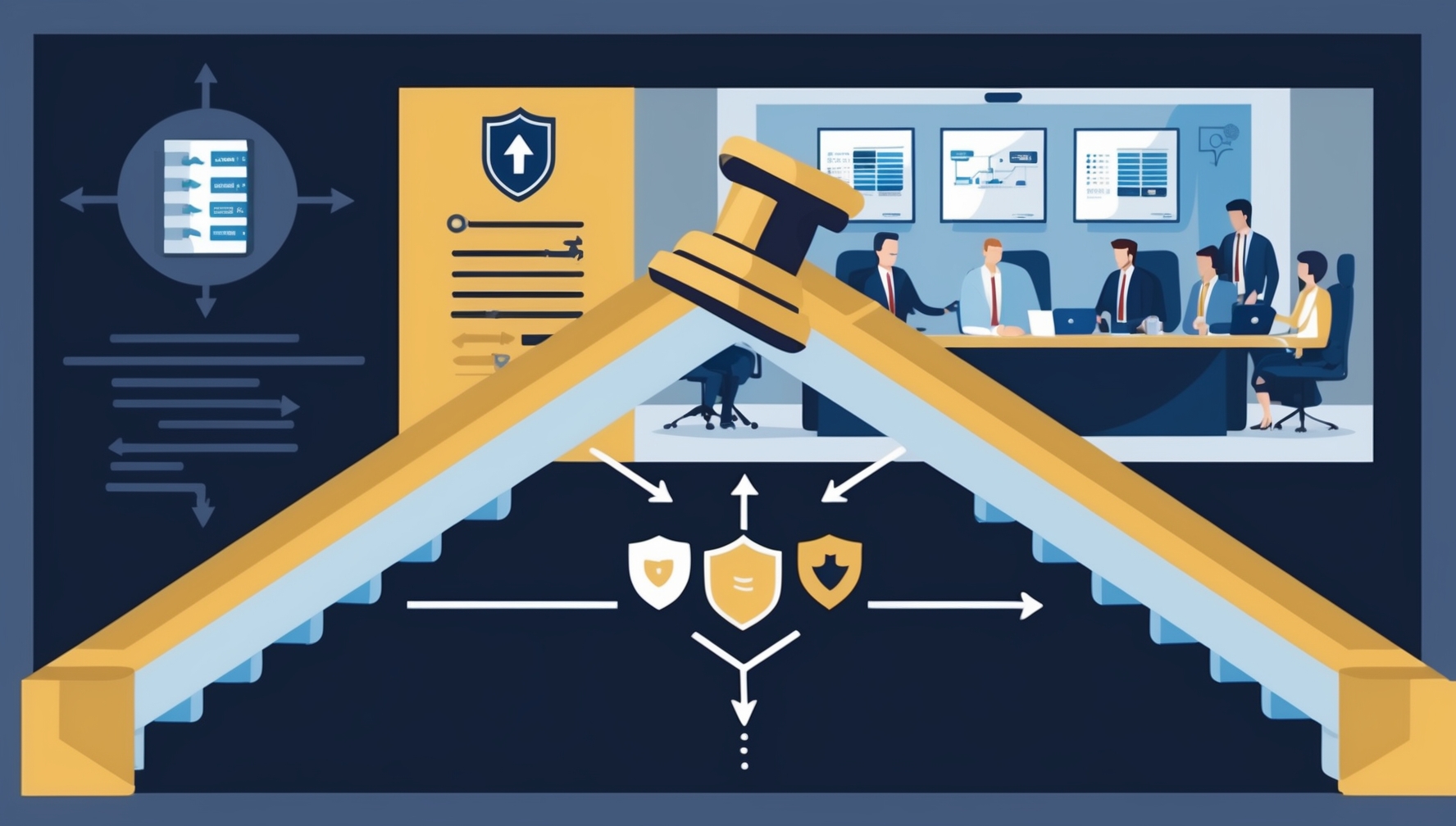This paper proposes an IT Governance Framework that specifies decision rights and accountability in post-merger integration of the IT function.
Information Technology (IT) has permeated nearly every aspect of company operations in today's fast-paced business environment. Consequently, when companies go through mergers and acquisitions (M&A), integrating IT functions is regarded as one of the most complex and challenging tasks. It becomes crucial during the post-merger integration (PMI) phase, where the merging entities strive to consolidate their operations and realize the merger's synergies. Effective IT governance is necessary to ensure a smooth and successful IT integration. IT governance outlines the decision rights and an accountability framework that encourages a desirable course of action, aligning IT-related issues with business objectives and desired behaviors.
However, the absence of a well-defined structured IT governance framework during the PMI phase often leads to inefficiencies, miscommunication, and delays. Moreover, there is a lack of clarity regarding the decision-making roles and responsibilities among various organizational units, causing further confusion and misalignment. This often hampers the PMI process and diminishes the potential benefits of the M&A deal.
To address these issues, this paper presents a comprehensive framework for IT Governance during the Post-Merger Integration phase, known as the ITGoPMI framework. This framework serves as a blueprint for the specification of organizational units and their decision-making responsibilities when merging the IT functions of two companies. The ITGoPMI framework is developed using an iterative approach based on the principles of design science research. Preliminary versions of this framework have been evaluated through expert interviews, leading to a more refined and practical version. The expert feedback suggests that the ITGoPMI framework has the potential to serve as a beneficial guideline for post-merger IT integration in real-world scenarios. However, this is a continuous process, and the research will proceed with further evaluations and enhancements to the framework. By implementing this framework, companies can significantly streamline the IT integration process during the PMI phase, leading to a successful merger and the realization of targeted synergies.
CIOs can leverage the learnings from this framework in multiple ways to address the real-world challenges they face, especially during the post-merger integration (PMI) phase.
- Clear Decision Rights and Accountability: By applying the ITGoPMI framework, CIOs can delineate clear decision rights and establish an accountability framework. This can help avoid confusion, enhance coordination, and foster a shared understanding among all stakeholders, thus making the integration process smoother and more efficient.
- Aligning IT with Business Objectives: The ITGoPMI framework emphasizes aligning IT integration with business objectives and desired behaviors. This can guide the CIOs to plan and implement IT strategies that support and enhance the business objectives of the merged entity, thus maximizing the value of the merger.
- Blueprint for IT Integration: The framework provides a detailed blueprint for merging the IT functions of two companies. This can help CIOs strategically plan and execute the integration process, ensuring seamless continuation of IT services, minimizing disruptions, and maintaining business continuity.
- Iterative Improvement: The framework is iterative, emphasizing continual evaluation and improvement. This can guide CIOs to foster a culture of continuous improvement in their IT organizations, ensuring that IT services and systems continually evolve and improve to meet changing business needs.
- Expert Feedback and Validation: Expert interviews have validated and refined the framework. CIOs can use these expert insights to understand common challenges and best practices in IT integration during PMI, thus enhancing their preparedness for such complex initiatives.
- Benchmarking and Learning: CIOs can use the ITGoPMI framework as a benchmarking tool for assessing their current IT governance practices in PMI situations. By identifying gaps and areas for improvement, they can leverage the framework to enhance their IT governance, leading to more successful IT integrations in future M&A activities.
In conclusion, the ITGoPMI framework can serve as a robust tool for CIOs, aiding them in effectively managing the complex and critical task of IT integration during the PMI phase.

